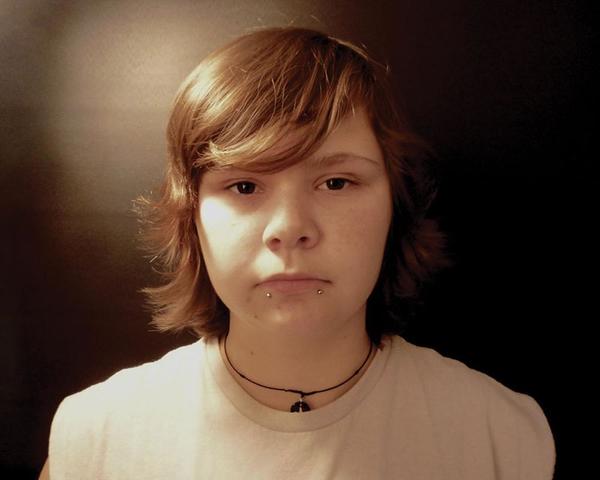 The judge is chewing gum. Her hair is piled in a messy bun on top of her head, where a pair of sunglasses also rests. She giggles shyly as she walks up to the podium and adjusts the microphone. Teen Court is now in session.
The judge is chewing gum. Her hair is piled in a messy bun on top of her head, where a pair of sunglasses also rests. She giggles shyly as she walks up to the podium and adjusts the microphone. Teen Court is now in session.
A national diversion program, Teen Court is operated locally through the Boys and Girls Club of the Redwoods. The crime is real, the court is real and the sentence is real, although the emphasis is on rehabilitation rather than punishment. The goal is to steer young offenders away from probation, juvenile hall and future infractions. Every position in court — the judge, clerk, attorneys and jurors, is filled by a teenager. The process can be as transformational for the teen volunteers as it is for the defendants.
Madeline Scott, a junior at North Coast Preparatory Academy, served as the defendant's attorney in the case we witnessed. A tall, poised young woman with a long mane of blonde hair, she has both learned about restorative justice and improved her public speaking skills in her three years volunteering with Teen Court. This was her second time serving as a client attorney. (Rather than "defense" and "prosecution" Teen Court has "client" and "community" attorneys.) Before entering the courtroom, she did some legwork.
"I called the defendant and asked questions. It's difficult because they don't always want to answer the questions you have," she says.
Normally juvenile cases are off-limits to the public, and for privacy reasons, we agreed not to disclose information about the defendant or the circumstances of his offense. Rest assured, though, it was pretty average teenage stuff: the usual combination of bad friends and bad choices. Scott says teenagers are better equipped than most to understand how someone their age can end up on the wrong side of the law.
To read the entire article written by Linda Stansberry, please click here


Comments (0)